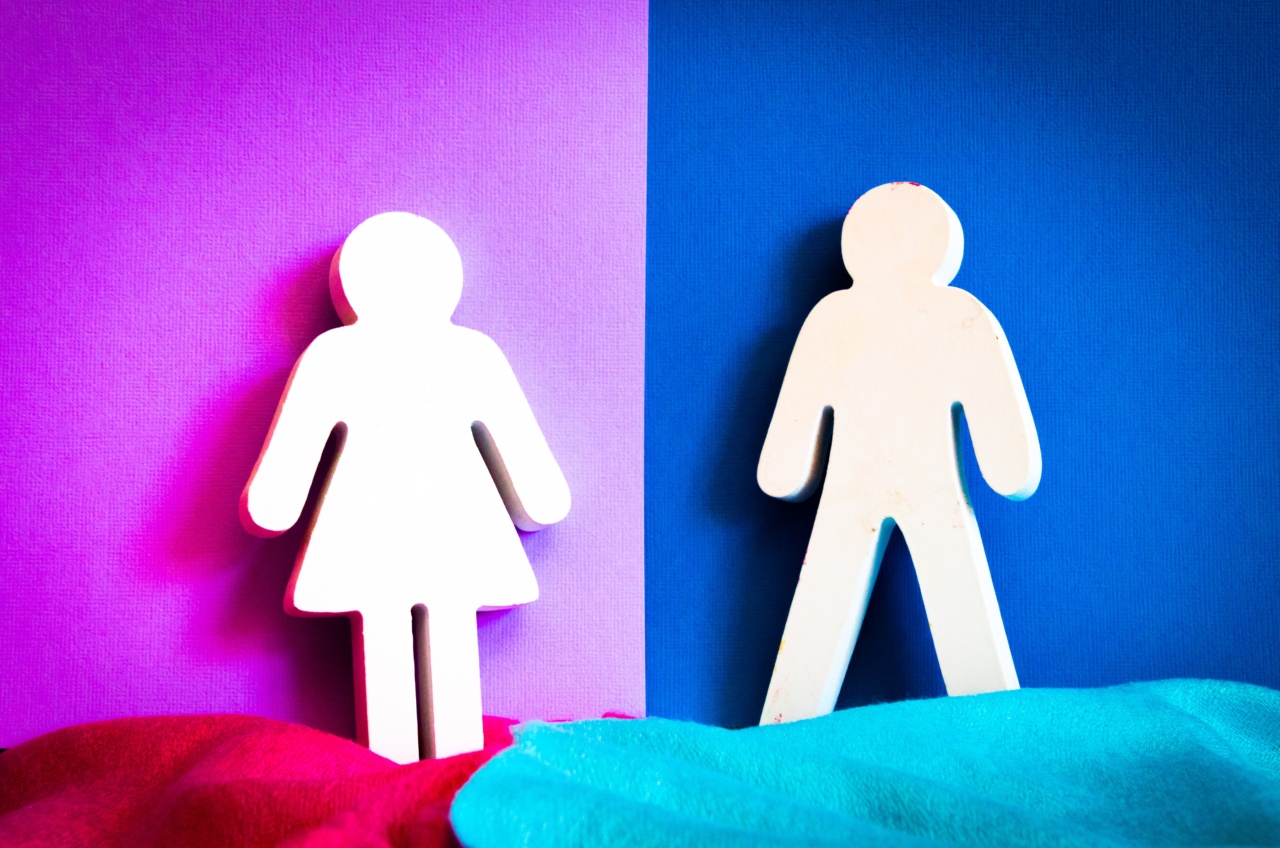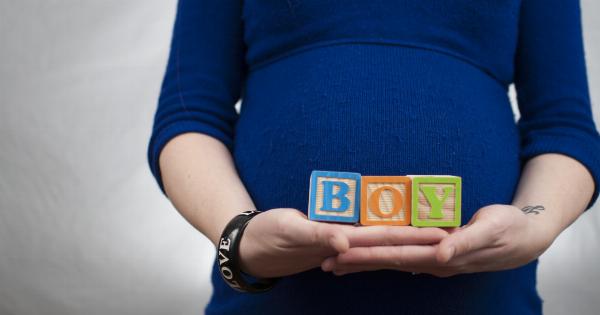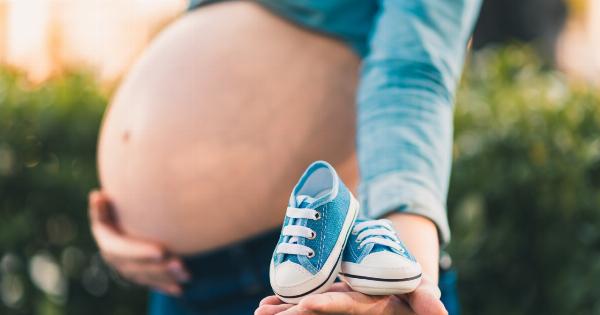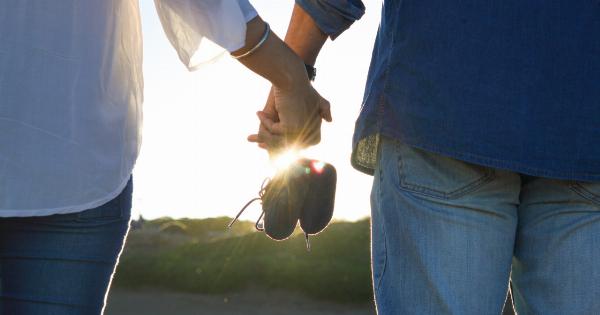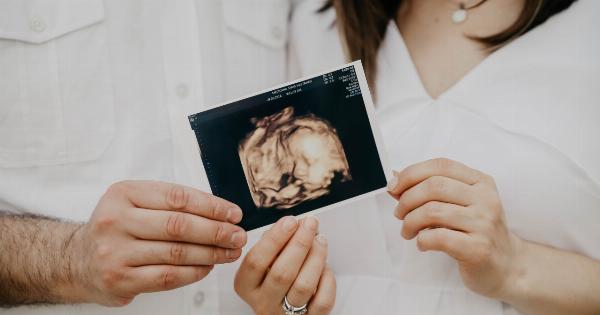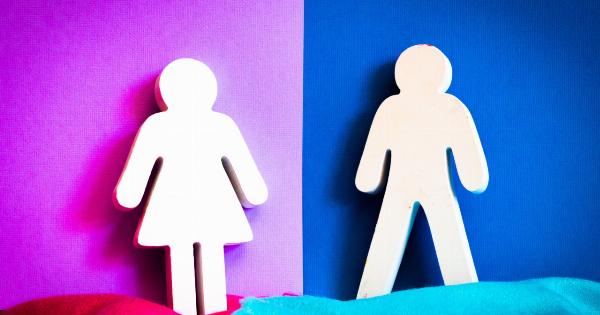One of the most exciting things about expecting a baby is finding out their gender. While some couples choose to wait until the birth to find out, others can’t wait and want to know as soon as possible.
Fortunately, there are several signs that predict your baby’s gender. Here are nine to look out for:.
1. Heart Rate
It’s a popular old wives’ tale that your baby’s heart rate can predict their gender. It’s said that a higher heart rate, around 140 beats per minute or more, indicates a girl while a lower heart rate, closer to 130 beats per minute, indicates a boy.
While this has been researched, there is no conclusive evidence to suggest this is true, so don’t put too much stock in it.
2. Morning Sickness
If you’re experiencing morning sickness during pregnancy, it could be a sign you’re having a girl. Research has found that women carrying girls are more likely to experience morning sickness than those carrying boys.
This could be due to the increased levels of estrogen in the body during pregnancy.
3. Cravings
Another old wives’ tale is that your cravings can predict your baby’s gender. It’s said that if you’re craving salty or savory foods, you’re having a boy, while if you’re craving sweet foods, you’re having a girl.
However, there is no scientific evidence to support this.
4. Carrying High or Low
The way you carry your baby can sometimes indicate their gender. It’s believed that if you’re carrying high, your baby is more likely to be a girl, while carrying low indicates a boy.
However, this is not a reliable indicator of gender, as it can also be influenced by your individual body shape and the position of the baby.
5. Skin and Hair Changes
Some women experience changes in their skin and hair during pregnancy. If your skin is glowing and your hair is thicker and shinier, it’s said you’re having a boy. If your skin is duller and your hair is thinner and weaker, you’re having a girl.
However, there is no scientific evidence to support this.
6. Chinese Gender Predictor
The Chinese Gender Predictor is an ancient method of predicting your baby’s gender. It’s based on the mother’s age at conception and the month of conception. While it’s not scientifically proven, many women swear by its accuracy.
7. Shape of Bump
The shape of your bump can sometimes indicate your baby’s gender. It’s believed that a round bump indicates a girl, while a more angular bump indicates a boy.
However, this is not a reliable indicator of gender, as it can also be influenced by your individual body shape and the position of the baby.
8. Mood and Energy Levels
Some research suggests that your mood and energy levels during pregnancy may be linked to your baby’s gender.
Women carrying girls are said to experience mood swings and lower energy levels, while those carrying boys are said to feel more energetic and have a more stable mood. However, this is not a reliable predictor of gender, as mood and energy levels can also be influenced by other factors.
9. Ultrasound
Finally, the most reliable way to predict your baby’s gender is by ultrasound. This is usually performed between 16 and 20 weeks of pregnancy, and the sonographer will be able to see the baby’s genitals and determine their gender.
However, it’s important to remember that even ultrasound isn’t 100% accurate, and sometimes it can be difficult to see the baby’s genitals clearly.
While it’s fun to try and predict your baby’s gender using these signs and old wives’ tales, it’s important to remember that they are not a reliable predictor of gender. The only way to know for sure is through ultrasound or waiting until the birth.
